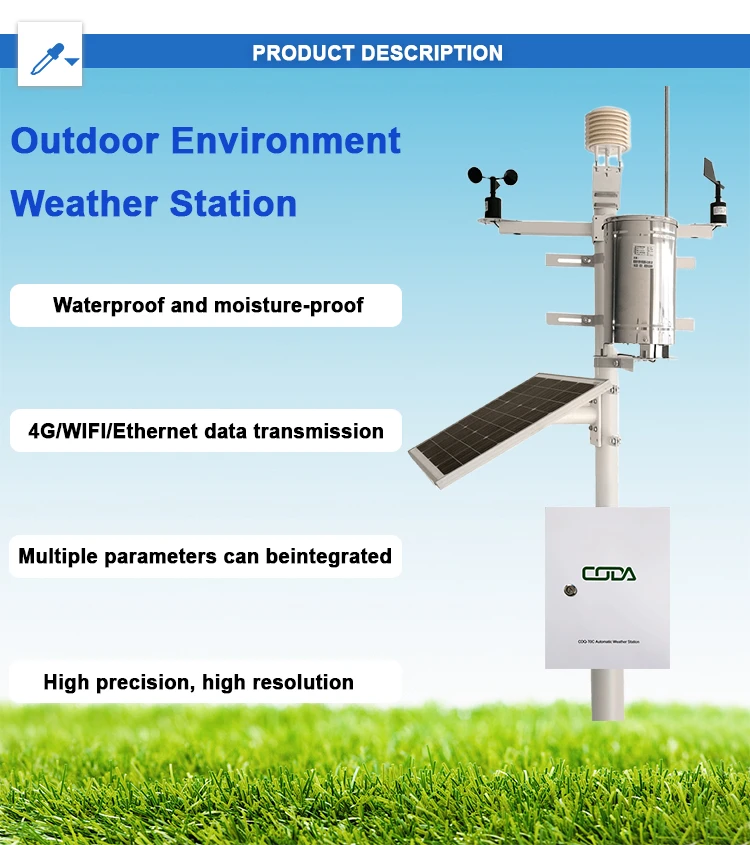Advantages and Disadvantages of Automatic Weather Stations

# Advantages and Disadvantages of Automatic Weather Stations
## Introduction
Automatic Weather Stations (AWS) have revolutionized the way we collect and analyze meteorological data. These self-contained systems provide continuous weather monitoring without constant human intervention. While they offer numerous benefits, they also come with certain limitations that users should consider.
## Advantages of Automatic Weather Stations
### 1. Continuous Data Collection
AWS operate 24/7, providing uninterrupted weather data regardless of time or weather conditions. This continuous monitoring is particularly valuable for tracking rapid weather changes and collecting baseline climate data.
### 2. Remote Operation Capability
These stations can be installed in remote or hazardous locations where human observers cannot easily access. They transmit data automatically, making them ideal for monitoring weather in oceans, mountains, or polar regions.
### 3. High Accuracy and Precision
Modern AWS use sophisticated sensors that provide highly accurate measurements of various weather parameters. They eliminate human observation errors and maintain consistent measurement standards.
### 4. Cost-Effective in Long Term
While initial setup costs can be significant, AWS reduce long-term operational costs by minimizing the need for human observers and manual data collection.
### 5. Real-Time Data Availability
Most AWS systems can transmit data in real-time, enabling immediate use for weather forecasting, agricultural planning, and emergency response.
## Disadvantages of Automatic Weather Stations
### 1. High Initial Investment
The cost of purchasing and installing an AWS can be substantial, especially for stations with multiple sensors and advanced communication capabilities.
### 2. Maintenance Challenges
Regular maintenance is required to ensure accuracy, including sensor calibration and cleaning. In remote locations, maintenance can be difficult and expensive.
### 3. Power Dependency
AWS rely on continuous power supply, typically from batteries or solar panels. Power failures can lead to data gaps, especially in extreme weather conditions when data is most needed.
### 4. Limited Human Judgment
Unlike human observers, AWS cannot provide qualitative observations (like cloud types) or identify sensor malfunctions without additional verification systems.
### 5. Data Transmission Issues
Remote stations may experience communication problems due to terrain, distance, or technical issues, potentially causing data loss or delays.
## Conclusion
Automatic Weather Stations represent a significant advancement in meteorological observation, offering numerous advantages in terms of data collection and operational efficiency. However, their limitations in maintenance, power requirements, and initial costs must be carefully considered when implementing these systems. The choice between AWS and traditional observation methods depends on specific needs, location, and available resources.
As technology continues to improve, many of the current disadvantages are being addressed, making AWS increasingly reliable and accessible for various weather monitoring applications worldwide.


